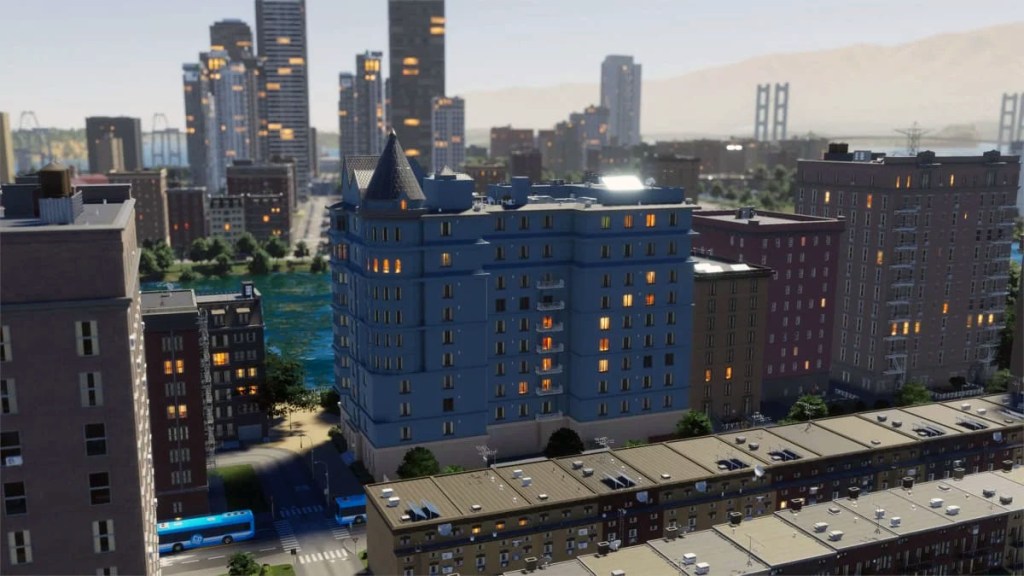Most players will run into issues with their industrial and commercial buildings lacking labor in Cities Skylines 2. There are a few reasons why your city might need more workers, but the fix for these problems can be challenging to implement. However, we can help you get back on track and fill those empty positions with our tips below.
Why are there not enough workers in Cities Skylines 2?
If you’re lacking labor in Cities Skylines 2, it’ll be caused by one of these issues:
- Not enough population.
- Population is overeducated.
- Workers can’t reach the job site.
- Job site is too far from residential areas.
Here’s how to fix each of these problems:
Not enough population
If you’re overzealous with your zoning in Cities Skylines 2, you can end up with more commercial and industrial buildings than there’s demand for. If this is the case, there simply won’t be enough people living in your city to fill staffing needs. Fortunately, this is easy to fix. Just hold off on zoning more industrial and commercial areas until your population rises enough to address the problem.
Population is overeducated
If you examine an industrial, commercial, or office building, you’ll see a breakdown of how many workers a business needs and what levels of education each of them need. The Uneducated and Educated will make up the bulk of your workforce, which means there can be an issue if too many of your citizens reach the Well Educated or Highly Educated level. People who are more educated than a position requires may eventually take it, but they will fill slots slower than those with the appropriate level.
So, as bad as it sounds, you need to keep part of your population either completely Uneducated or let them go to elementary school only. Fortunately, this is easier to do in Cities Skylines 2 than it was in the previous game, as you can set schools only to provide services to certain districts, which lets you exclude people from attending high school or college.
Workers can’t reach the job site
Make sure that all your roads are connected to a single network. It might seem like a silly oversight, but it’s possible to complete a new subdivision and forget to lay those final roads to connect it to the rest of the city.
Job site is too far from a residential area
If your citizens live too far from their jobs, they’ll either never arrive or outright quit. Keep in mind that even if a business is close to a residential area, it doesn’t mean that it’s the one that’s providing workers to it. You need to make sure your transportation network allows large groups to travel through your city quickly. Subways, highways, and optimized bus routes are all great ways to improve your citizens’ ability to make it to the job site within a reasonable timeframe.
In Cities Skylines 2, it’s essential to understand that labor dynamics can change over time as your city evolves. Periodic assessments of residential, commercial, and industrial zones help anticipate potential workforce imbalances. Additionally, leveraging the game’s data layers can offer insights into traffic flow, ensuring you swiftly identify and rectify any commuting bottlenecks. Diversifying the types of industries can also attract a wider range of workers, reducing over-reliance on a single sector. Remember, the synergy between residential proximity and effective transportation networks is pivotal. As your city grows, considering expansions in public transportation and infrastructure can drastically reduce job vacancy issues. Ultimately, a city’s labor force thrives on adaptability, foresight, and strategic planning.








